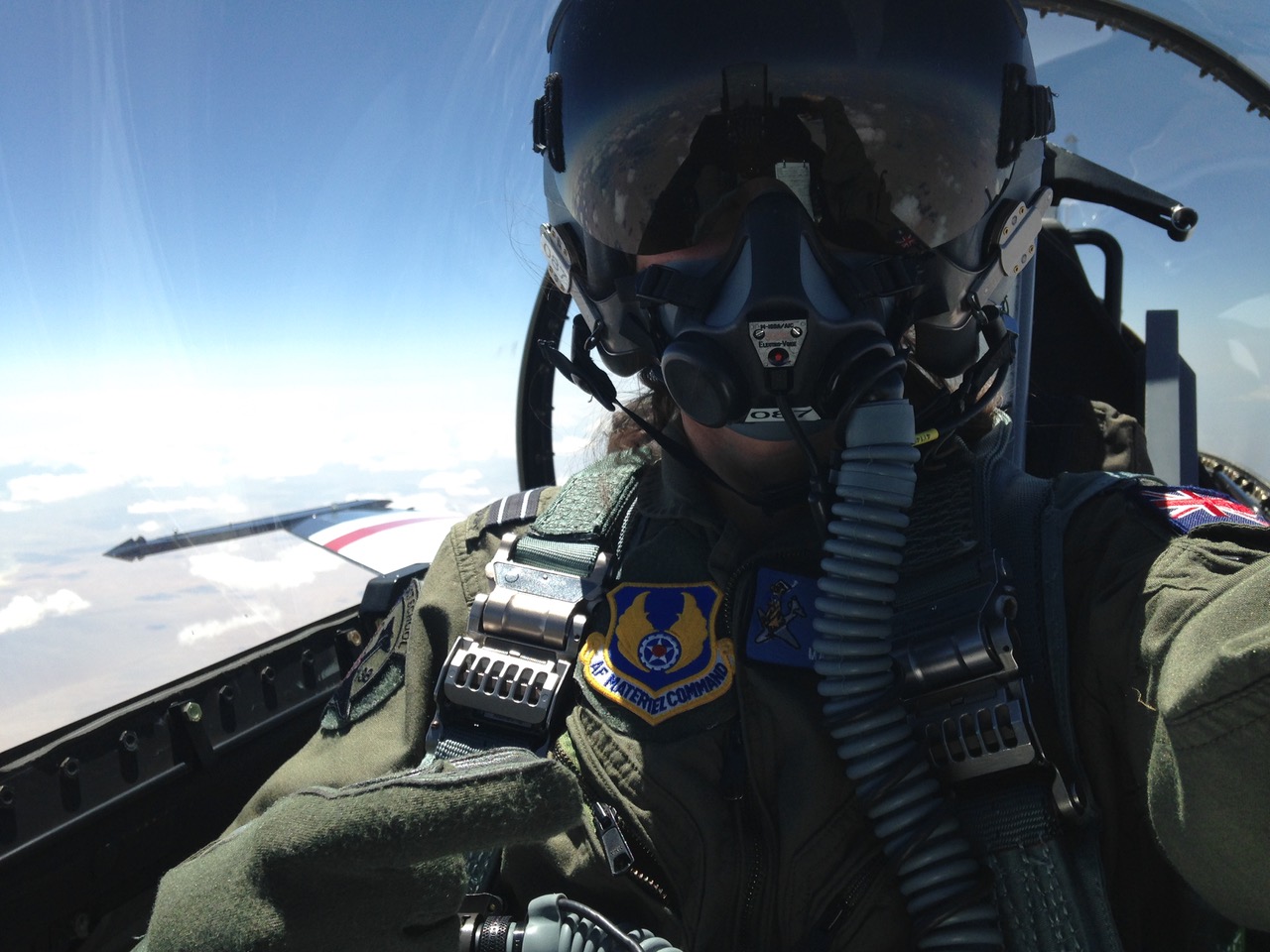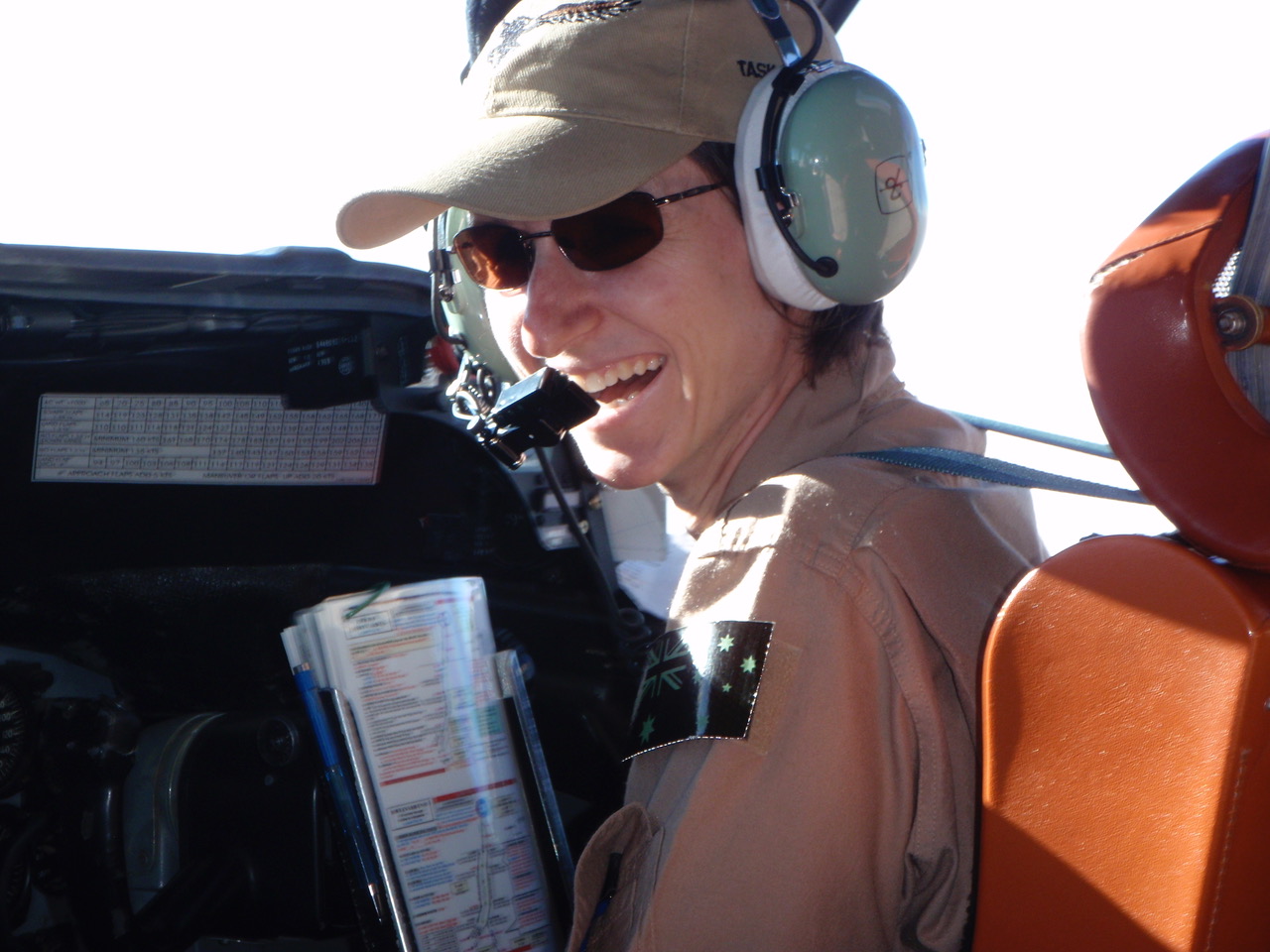This week Women in STEMM Australia had the chance to connect with an amazing woman in STEMM, Squadron Leader Marija Jovanovich, who is a Test Pilot in the Royal Australian Air Force. Marija shared her exciting career path and then answered a few questions for us.

“Early in my career, I tried to hide my intellectual bend. When I finally stopped, I became a much better operator and leader”
Marija joined the Air Force in 2001, and in 2004 graduated from UNSW with a Bachelor of Science majoring in mathematics and physics, with first class Honours and a University Medal in Physics.
Presented with an opportunity for post-graduate study, she decided to delay it in favour of pursuing her dream of flying, and commenced pilot training in 2005. After pilot training, she was posted to the AP3C Orion aircraft, based in Adelaide. Over the next few years, she flew Orions on operations all over the world. In the midst of her operational service, she earned her Masters in Systems Engineering in 2013.
In 2013, Marija attended the United States Air Force Test Pilot School, a prestigious institution that has graduated less than 3000 students in more than 70 years of operation. Test Pilot School combined a two-year MSc program compressed into 48 weeks with flying 23 different types of aircraft, in pursuit of the perfect balance of deep theoretical understanding and practical application.
Marija says the aircraft were effectively exciting (and sometimes terrifying) laboratories for exciting (and sometimes terrifying) experiments. Marija graduated in 2014 as an experimental test pilot and distinguished graduate of the Test Pilot School, and the first Australian in 25 years to complete the course.
On return from the US, Marija worked as a test pilot at the Aircraft Research and Development Unit. A highlight included turning an Orion into a flying wind tunnel by sticking thousands of tufts onto the airframe in order to explore some interesting aerodynamic phenomena. She currently works as a flight commander at No. 10 Squadron, flying Orions and teaching and leading the next generation of aviators.

A test pilot is an aviator who is specially qualified to fly a new or modified aicraft, in order to characterise its behaviour and ensure its safety. The test pilot bridges the gap between the engineers who designed and built the aircraft and the operators who fly it.
How do you test an aeroplane?
Using the scientific method! We use theory and previous experience to formulate questions and predict how the system should behave, design and plan experiments to gather relevant data, carry out the experiments (the aircraft in its environment is our laboratory), analyse the data, form conclusions and report on our findings.
What inspired you to do science? Have you always liked science?
From my earliest memories, I was fascinated by mathematics and science. When I found a passion for flying in my teens, my interest in science and engineering only strengthened and found a new direction. And then I discovered a job that combined complex technical work with flying – jackpot!
What do you believe are the greatest attributes of a successful leader?
Authenticity tops the list. Early in my career, I tried to hide my intellectual bend. When I finally stopped, I became a much better operator and leader. People respond to those who come across as genuine; there’s no better way to come across as genuine than to actually be genuine.
How do you cope with self‐doubt? How do you cope with imposter syndrome?
Impostor syndrome has caused me more anguish than anything else I have faced. But I have learned to recognise it and move past it, without letting it cripple me. I do this by breaking things down to the basic principles and methodically addressing my capabilities against the needs of the task.
Marija on LinkedIn: Marija Jovanovich
One thought on “Flying high with science”